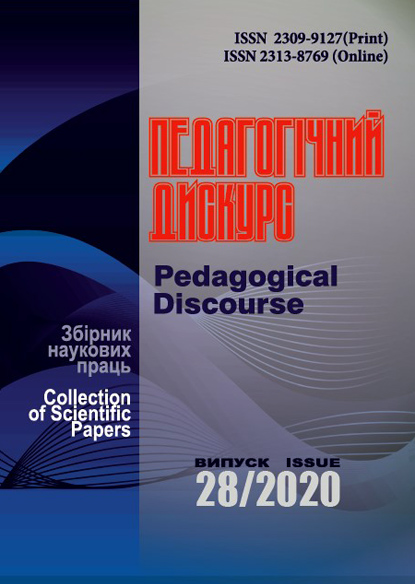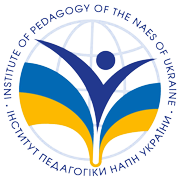Higher Education Reform is the Way to American Students Success
Abstract
The problem of reforms in US higher education in order to improve the student success is discussed in this article. Over the last twenty years, educators and policy makers have turned their attention to learning effectiveness, graduation rates and college completion. Higher education establishments, especially community colleges are not well organized to promote student success. They usually operate on a self-service or «cafeteria»model, allowing students to choose from an abundance of disconnected courses, programs, and support services. Such cafeteria organization creates problems in three areas: the structure of college-level programs, the intake process and student supports, and developmental education. Recognizing the importance of overcoming these problems, the process of improving higher education begins at the end of the twentieth century. In 1990 the College Tech Prep program, supported by the Carl D. Perkins Vocational and Applied Technology Act introduced the idea to provide purposeful support to students during their studies. In 2004, the Dream Achievement: Community College project proposed to overcome barriers to student success. An analysis of these reforms shows that they were narrowly targeted reforms, that have a limited effect on student success. They either treat too few people or are limited to one segment of the student experience. In contrast, the comprehensive model, which fundamentally based on the integration of a set of coordinated reforms appeared in 2013. It was the guided pathways model, which presents courses in the context of highly structured, educationally coherent program maps that align with students’goals for careers and further education. The main purpose of this model is to support students throughout their college career by helping them choose a program, enter the program, complete the program, and make a successful transition to subsequent education or employment. The task of institutions is to monitor students’progress, use evidence on student progress and program effectiveness to improve graduation rates, as well as give frequent feedback and support as needed is.
.
Downloads
References
Achieving the Dream. (2020). Retrieved from https://www.achievingthedream.org/our-network/our-approach) [in English].
American Association of Community Colleges. (2012, April). Reclaiming the American Dream: A report from the 21st-Century Commission on the Future of Community Colleges. Washington: Author. Retrieved from http://www.aacc.nche.edu/21stCenturyReport [in English].
Association of American Colleges and Universities. (2007). College Learning for the New Global Century: A Report from the National Leadership Council for Liberal Education and America’s Promise. Washington: Association of American Colleges and Universities [in English].
Astin, A. W. (1984). Student Involvement: A Developmental Theory for Higher Education. Journal of College Student Personnel, 25 (4), 297–308 [in English].
Bailey, T., Jaggars, S. S., & Jenkins, D. (2015). What We Know about Guided Pathways. New York: Columbia University, Teachers College, Community College Research Center [in English].
Bailey, T. (2017, May/June). Community Colleges and Student Success: Models for Comprehensive Reform. EDUCAUSE Review, 52 (3), 33–42 [in English].
Bridges, B. K., Kuh, G. D., Kinzie, J., & Hayek, J. C. (2007). Piecing Together the Student Success Puzzle: Research Propositions and Recommendations. San Francisco: Jossey-Bass [in English].
Horn, C., Bruning, R., Schraw, G., Curry, E., & Katkanant, C. (1993). Paths to Success in the College Classroom. Contemporary Educational Psychology, 18, 464–478 [in English].
Jenkins, D., Lahr, H., Fink, J., & Ganga, E. (2018). What We are Learning about Guided Pathways. Part 3: Timeline and Tips for Implementing Pathways Reforms. New York: Columbia University, Teachers College, Community College Research Center [in English].
O’Banion, T. (2019). 13 Ideas That Are Transforming the Community College World. Rowman & Littlefield. [in English].
Tech Prep Education – U.S. Department of Education. (2020). Retrieved from https://www2.ed.gov/about/offices/list/ovae/pi/cte/techprep.html [in English].
Visher, M. G. et al. (2012, July). The Effects of Learning Communities for Students in Developmental Education: A Synthesis of Findings from Six Community Colleges. New York: National Center for Postsecondary Research. Retrieved from https://www.mdrc.org/publication/effects-learning-communities-students-developmental-education) [in English].
What is the «Pathways Model?». (2018). Retrieved from https://www.aacc.nche.edu/wp-content/uploads/2018/01/12PathwaysModelDescriptionFinal1616.pdf [in English].
Copyright (c) 2020 Pedagogical Discourse

This work is licensed under a Creative Commons Attribution-NonCommercial-ShareAlike 4.0 International License.

















